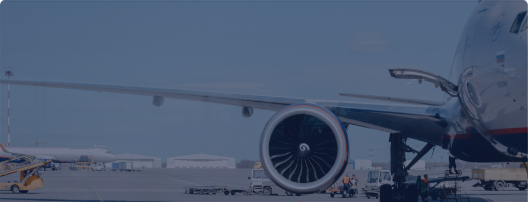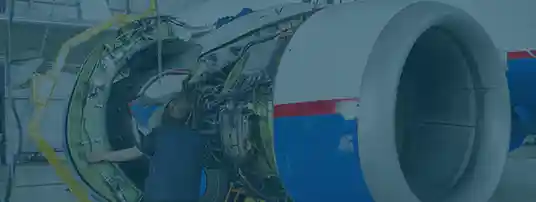Posted on August 8, 2019 james smith aviation
Smaller aircraft have relatively low flight control loads, and the pilot can operate the flight controls on hand without issue. However, as aircraft started to fly faster and get larger, hydraulic power boost systems were implemented to help maintain control. Power boost systems assist the pilot in overcoming high control forces, but the pilot can still actuate the flight controls by cable or push rod. In recent years, electric fly-by-wire systems unassisted by hydraulics have become more prevalent, such as on the F-16 Fighting Falcon and 787 Dreamliner, but many other models still rely on hydraulic systems.
In most aircraft, hydraulic power packs serve as the power boost systems. A hydraulic power pack is a small unit that consists of an electric pump, filters, a reservoir, and valves. The advantage of a power pack is that there is no need for a centralized hydraulic power supply system and long stretches of hydraulic lines, which reduces overall weight. Power packs can be driven by either the engine gear box or electric motor. By integrating all essential valves, filters, sensors, and transducers, packs reduce system weight, eliminate the opportunity for external leakage, and simplify troubleshooting. These power pack systems will have an integrated actuator which is used to control stabilizer trim, landing gear, or flight control surfaces directly.
Power pack systems follow the same principles and use the same types of parts as all hydraulic systems, starting with the reservoir. The reservoir is the tank in which an adequate supply of fluid for the system is stored. Fluid flows from the reservoir to the pump, gets forced through the system, and eventually returned to the reservoir. The reservoir supplies the operating needs of the system, and replenishes fluid lost to leakage. The reservoir also serves as an overflow basin for excess fluid forced out of the system by thermal expansion, the accumulators, and by piston and rod replacement.
All aircraft hydraulic systems have one or more power-driven pumps and may have a hand pump as an additional unit for emergency circumstances. Most power-driven hydraulic pumps are of variable delivery, compensator-controlled type.
Valves control the speed and/or fluid flow in the hydraulic system. They provide for the operation of various components when desired, and the speed at which the components operate at.
Filters are installed in the piping of hydraulic systems to, as their name implies, filter hydraulic fluid. This includes preventing air bubbles forming, and to straining out foreign contaminants.
At Aviation Sourcing Solutions, owned and operated by ASAP Semiconductor, we can help you find all the hydraulic systems and parts for the aerospace, civil aviation, and defense industries. For a quick and competitive quote, email us at sales@aviationsourcingsolutions.com or call us at 1-714-705-4780.

 The only independent
The only independent



“We Proudly Support Intrepid Fallen Heroes Fund that serves United States Military Personal experiencing the Invisible Wounds of War : Traumatic Brain Injury (TBI) and Post Traumatic Stress (PTS). Please visit website (www.fallenheroesfund.org) and help in their valiant effort”.
We Hope that You Will Visit Us Again the Next Time You Need Aircraft Parts and Make Us Your Strategic Purchasing Partner.
Request for Quote